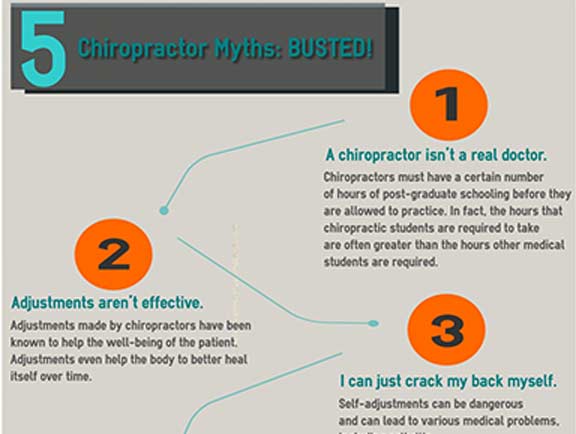The Impact Of Stance On Pain In The Back: Approaches For Maintaining Proper Placement During Daily Activities
The Impact Of Stance On Pain In The Back: Approaches For Maintaining Proper Placement During Daily Activities
Blog Article
Authored By-Salisbury Rollins
Maintaining proper pose isn't just about staying up straight; it has to do with aligning your body in a way that sustains your spine and reduces the threat of neck and back pain. The means you rest, stand, and relocate throughout the day can significantly affect your spine wellness. But exactly how exactly can you guarantee excellent placement constantly, also throughout active days loaded with different activities? Allow's dig deeper right into the subtle yet impactful changes you can make to your day-to-day regimen to keep your back delighted and healthy.
Relevance of Proper Stance
Correct posture is vital in preserving a healthy and balanced back and protecting against pain. When you sit or stand with good posture, your spine is in alignment, decreasing strain on your muscular tissues, tendons, and joints. wellness center austin tx permits the body to disperse weight uniformly, avoiding excessive tension on certain areas that can cause discomfort and pain. By maintaining your spine correctly lined up, you can also improve your breathing and food digestion, as slouching can press organs and limit their functionality.
In addition, maintaining good pose can enhance your total appearance and self-esteem. When you stand tall with your shoulders back and head held high, you show self-confidence and appear even more approachable. Excellent pose can additionally make you feel a lot more stimulated and alert, as it advertises appropriate blood flow and enables your muscle mass to function effectively.
Incorporating proper pose into your day-to-day routine, whether resting at a workdesk, walking, or working out, is necessary for protecting against back pain and promoting overall well-being. Remember, a tiny modification in just how you hold on your own can make a substantial distinction in exactly how you feel and work throughout the day.
Common Postural Mistakes
When it comes to preserving good posture, many people unknowingly make usual blunders that can contribute to back pain and discomfort. Among the most widespread errors is slumping over or hunching over while sitting or standing. This setting puts excessive pressure on the back and can bring about muscular tissue discrepancies and pain over time.
An additional usual error is overarching the lower back, which can squash the natural curve of the back and trigger discomfort. Additionally, crossing legs while resting may really feel comfortable, but it can develop an imbalance in the hips and hips, causing postural problems.
Using https://autoaccidentdoctors39506.digitollblog.com/31899780/wanting-to-find-remedy-for-back-pain-at-work-discover-useful-tips-to-browse-your-day-effortlessly-and-boost-productivity that's as well soft or as well firm while resting can also affect your positioning and contribute to neck and back pain. Finally, continuously craning your neck to consider screens or readjusting your setting often can stress the neck and shoulders. Being mindful of these typical postural mistakes can help you keep better alignment and reduce the risk of back pain.
Tips for Correcting Placement
To improve your alignment and lower pain in the back, it's essential to concentrate on making small changes throughout your daily regimen. Beginning by bearing in mind your position. When resting, guarantee your feet are level on the floor, your back is straight, and your shoulders are loosened up. Prevent slouching or leaning to one side. Usage ergonomic chairs or pillows to support your lower back.
When standing, disperse your weight equally on both feet, maintain your knees slightly curved, and embed your pelvis. Involve your core muscular tissues to sustain your spinal column. Take breaks to extend and walk if you have a less active task. Integrate workouts that reinforce your core and back muscular tissues, such as planks or bridges.
While resting, utilize a cushion that sustains the natural curve of your neck to preserve appropriate spine positioning. Stay clear of sleeping on your tummy, as it can stress your neck and back. By being mindful of these suggestions and making small changes, you can slowly fix your positioning and reduce back pain.
Final thought
Bear in mind, preserving great stance is key to preventing back pain and promoting spinal health and wellness. By being mindful of your placement, dispersing weight uniformly, and engaging your core muscles, you can reduce pressure on your back and minimize the risk of discomfort and injury. Incorporate ergonomic assistance, take regular breaks to stretch, and reinforce your core and back muscular tissues to maintain correct alignment throughout the day. Your back will thank you for it!
